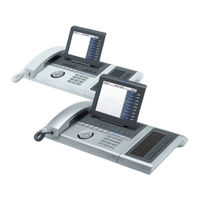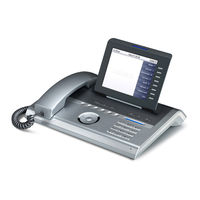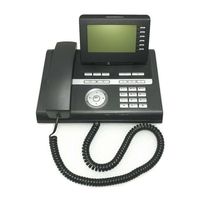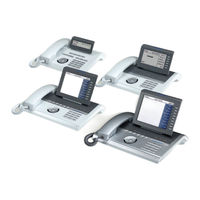Siemens HiPath OpenOffice Manuals
Manuals and User Guides for Siemens HiPath OpenOffice. We have 10 Siemens HiPath OpenOffice manuals available for free PDF download: Administration Manual, User Manual, Operating Instructions Manual
Advertisement
Advertisement
Siemens HiPath OpenOffice Operating Instructions Manual (136 pages)
Siemens HiPath / OpenStage Telephones Operating Instructions
Table of Contents
Siemens HiPath OpenOffice Administration Manual (192 pages)
Brand: Siemens
|
Category: Telephone System
|
Size: 3.57 MB
Table of Contents
Advertisement
Related Products
- Siemens HiPath DX
- Siemens HiPath 8000 optiPoint 410
- Siemens HiPath 8000 optiPoint 420 S
- Siemens Hicom 150 optiset E standard
- Siemens HiPath 8000 optiPoint 410 advance S V7.0
- Siemens HiPath 8000 optiPoint 420 advance S V7.0
- Siemens HiPath OpenOffice ME
- Siemens HiPath optiPoint 100 advance
- Siemens HiPath optiPoint 410
- Siemens HiPath OpenStage 15









